Film cameras: how to choose and use?
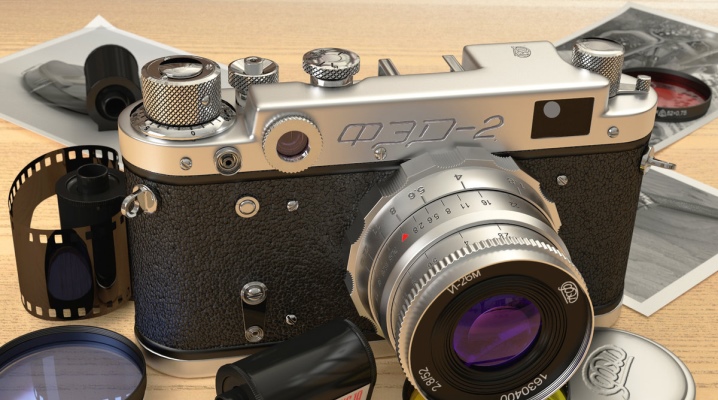
The term "film camera" hides the name of traditional cameras designed to use film for taking pictures and the chemical method of image development. Another name for such photographic equipment is analog cameras, today they are practically no longer used, nevertheless, some famous photographers prefer this particular technique.
In our review, we will dwell in more detail on the features of film cameras and give recommendations on choosing a device.

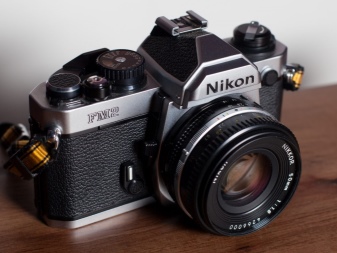
Peculiarities
The design of the film photography apparatus is extremely simple and does not contain any electronic modules. This mechanical technique is non-volatile and therefore does not require constant recharging of batteries or other power sources. Some models can even be used for filming in aggressive environments that are unacceptable for modern digital equipment.
Shooting on photographic materials requires at least initial knowledge in terms of color reproduction and exposure metering, since an image controller and its quality at the end of shooting is no longer possible.
Film cameras have their advantages and disadvantages.
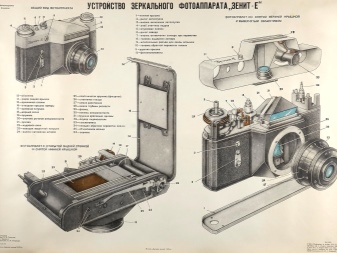
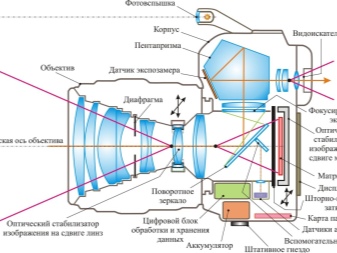
The advantages of the technique include the following characteristics.
- Analog cameras are optimal for beginners in photography, in many schools they specifically begin training from the basics of shooting on film, since such work disciplines any novice photographer, has a significant impact on his artistic vision and creative taste, develops the correct composition and staging of the frame, teaches the installation of correct exposure settings.
- Low cost of technology - any film camera these days is much cheaper than high-quality digital models of cameras, and this applies even to the most compact long-length designs.
- An analog camera does not need to be recharged, therefore, it will not "sit down" at the most inopportune moment for this.
- Thanks to the superiority of film over digital dynamic range, analog technology captures the natural play of light and shadows. In addition, from a static position, the film is more profitable - it is softer and allows you to achieve the effect of artificial aging of the image.
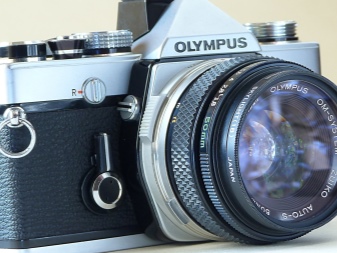

At the same time, there are also disadvantages, and it was they that caused a sharp decline in demand for such photographic equipment.
- When taking photographs, fixed costs are inevitable for the film, as well as services for the development and printing of the images obtained.
- The need for manual exposure adjustment. This process is very time consuming and requires special skills, increased attention, scrupulousness and patience. The difficulty lies in the fact that in the overwhelming majority of cases, the final results of photography are not immediately visible, and any errors during the execution of work can lead to the appearance of low-quality frames: darkened, overexposed or blurred.
- The digitization of film images often leads to a partial loss of quality.
- Analog photographic equipment does not provide an option for white balance, in addition, the image sensitivity to a large extent depends on the characteristics of the selected film.
- An analog camera cannot be used as a camcorder in the same way as a digital one.

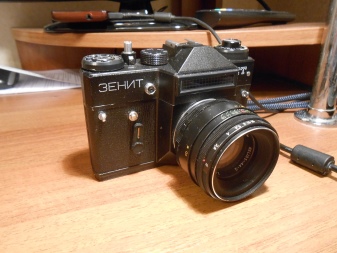
Device and principle of operation
Each analog camera includes several main modules.
- Lens Is an optical device consisting of lenses, they allow you to shoot from different distances, using different focusing. In some cameras, mirrors are additionally included in it.
- Gate - is responsible for opening the shutters, allowing the luminous flux to enter the film. Subsequently, the shutter reacts with the chemical component that covers the film. Depending on the duration of the shutter opening, the position of the frame may change when shooting - in the evening and at night, a long exposure is usually used, when working in the light, it should be minimal.
- Frame - for an analog device, it is durable, does not transmit light, and also has special mounts for the flash and lens. In addition, it is equipped with an ergonomic grip that allows you to hold the camera in your hands, as well as a tripod attachment unit. There is a film inside the case, it is protected from light.
- Diaphragm - this element is responsible for adjusting the light intensity, usually an iris diaphragm is used. Its light hole immediately forms petals, placed in the form of a sickle. During photography, such elements can move and move apart, at this moment the size of the light opening, respectively, decreases or increases.
- Film cassette - it is made in a dark color with a light-sensitive coating. This device does not allow extraneous light to pass through either at the beginning of the photo or after it.
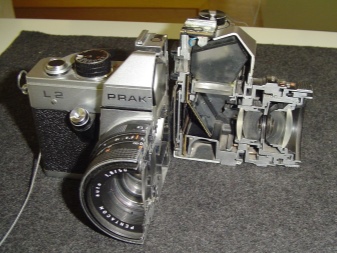
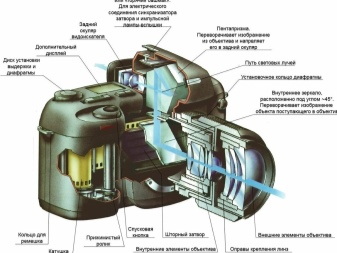
The principle of operation of film cameras boils down to the following: light is conducted through the lens, then passes to the photosensitive component in an analog camera, interacts with reagents on the film and captures the picture.
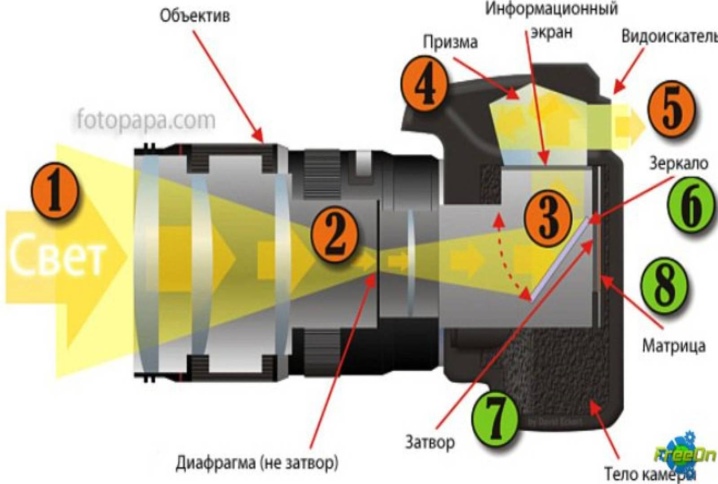
Photo quality is influenced by:
- working settings;
- angle of incidence of light and brightness of illumination;
- the period of opening the diaphragm.
These and some other features of shooting form the artistic style of the images.
Of course, the basic criterion for evaluating any photograph is the aesthetic perception and the angle of view of the photographer himself.
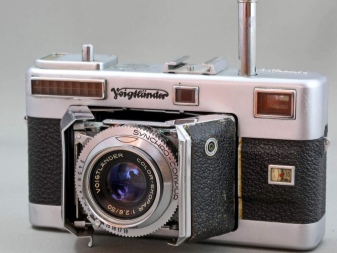
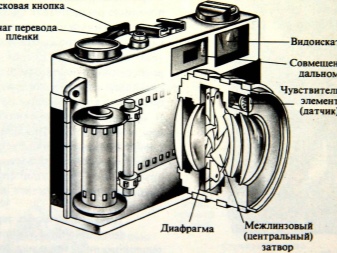
Species overview
Among all the offered models, you can find both professional cameras and conventional "soap boxes", wide and medium format cameras, models with 4 lenses and many other types of analog technology.
Rangefinder
Film cameras of this type appeared on the market at the beginning of the 20th century, although they did not achieve popularity immediately. The main difference between rangefinder designs and cameras of all other types is that in the process of shooting there is an optical alignment of a pair of pictures directly from the rangefinder itself, as well as from the viewfinder.
The advantages of such photographic equipment include:
- lightweight and compact - such models are optimal for travel and travel;
- minimal shake during shooting and almost silent operation of the shutter - this greatly reduces the risk of getting blurry images;
- minimum shutter response time - this increases the likelihood of correctly capturing the moments of movement of the subject when photographing;
- simple and straightforward focusing.

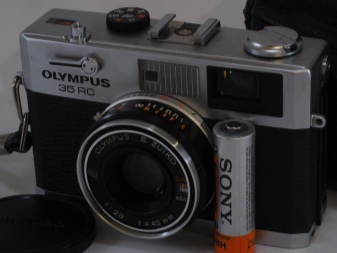
Among the disadvantages of rangefinders are:
- the occurrence of defects and imperfections in framing due to the presence of parallax;
- the inability to use ultra-high-aperture, as well as long-focus lenses, since the design assumes a limiting focal length corresponding to 135 mm;
- inability to control the depth of field visually;
- impossibility of using technology for macro photography.
Nevertheless, this type of camera was and remains one of the most used among all other analog cameras, most of the models are designed for 35 mm film.
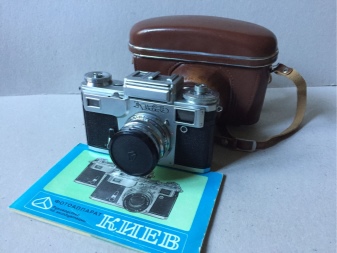
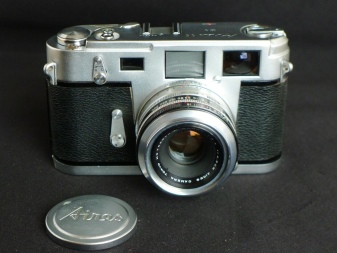
Mirrored
This type of camera appeared in the 50s. last century.Their key feature is that the image in the equipment viewfinder is displayed by means of a mirror, the picture on it goes through a prism and penetrates directly into the viewfinder.
The main advantage of such cameras is the ability to visually determine the frame boundaries regardless of the lens settings., as well as visually track the level of sharpness while shooting. SLR models can be used for astrophotography and macro photography.
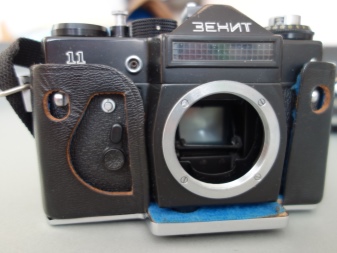
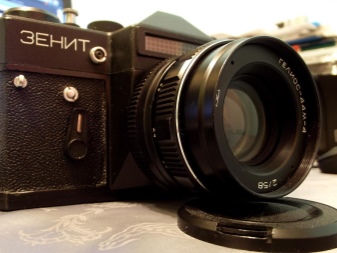
Other advantages of the technique are:
- comfortable ergonomic body that fits freely in the palms;
- high speed of work due to the presence of autofocus.
A combination of these advantages makes film SLR cameras the optimal solution for shooting sequential photography.
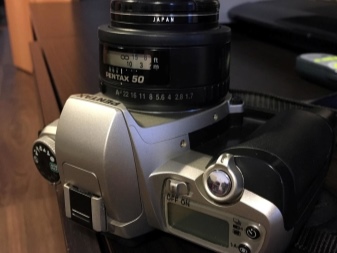
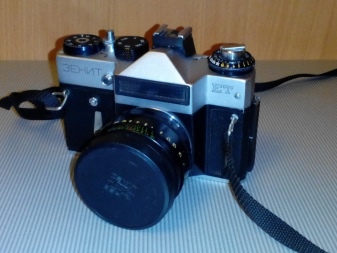
The disadvantages of SLR cameras include the fact that cameras of this type are considered technically difficult, since they include a large number of moving elements - this significantly reduces their reliability and durability.
Despite some shortcomings, DSLR analog cameras have achieved popularity, and according to experts' forecasts, they will be in demand for many years to come. The choice of a particular model is influenced by the availability of additional options that modern film devices are equipped with, such as exposure compensation, the use of several shooting modes and autofocus.
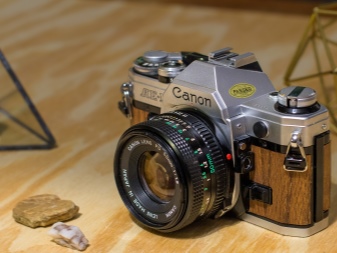
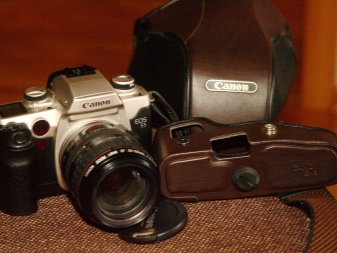
Scale
Another very popular type of film cameras is called scale cameras. Their mechanism of operation is somewhat reminiscent of rangefinder cameras, but at the same time, the main characteristic is the fact that sharpness in this case is located through the distance scale. In simple words, you can focus the camera without using a rangefinder and mirrors - you just need to visually calculate the distance to the subject and set its approximate value on the focusing ring. After that, all that remains is to set the required shutter speed and press the shutter button.
Scale technology is easy to operate and has an extremely lightweight design, which greatly increases the practicality and reliability in comparison with other types of analog cameras. At the same time, despite the simplified structure, such analog cameras are in no way inferior in image quality to “DSLRs” and rangefinders, and any problems are caused solely by the need to adapt to non-standard methods of focusing.
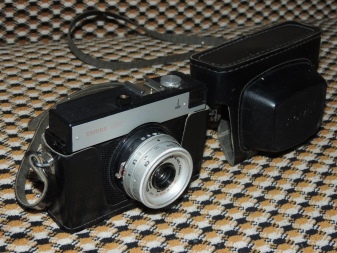
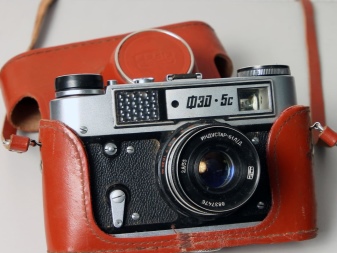
Thus, among the advantages of scale models are:
- simplicity of design;
- high quality of images;
- democratic cost.
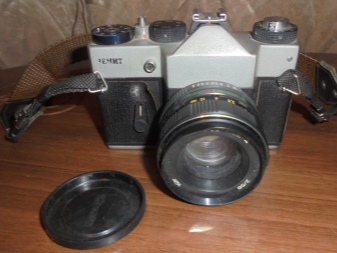

The disadvantages of scale photographic equipment partially coincide with the disadvantages of rangefinder devices, in addition, you can specify:
- small exposure range;
- the need to constantly monitor focusing - there are cases when novice photographers simply forgot to do this before directly releasing the shutter.

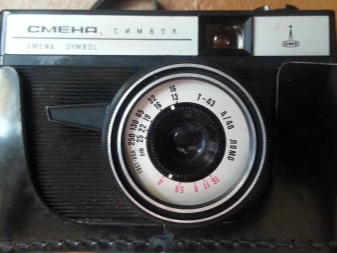
Top best models
The modern industry offers many analogs of old cameras. Here is a list of the most popular models.
Fujifilm X-T10
A modern mirrorless model, stylized as a classic one, allows you to correctly build the shutter speed with exposure compensation, and in addition, select the shooting mode. The camera allows you to take a panoramic view or immediately apply some effects to the resulting frame, in particular, lomography - there are three adjustment wheels for this.
If desired, you can connect a microphone to the camera or attach a tripod. There is Wi-Fi.
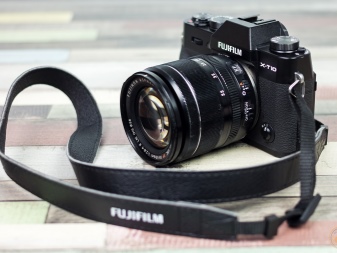

Probably the only drawback of such a camera is the need for periodic charging.
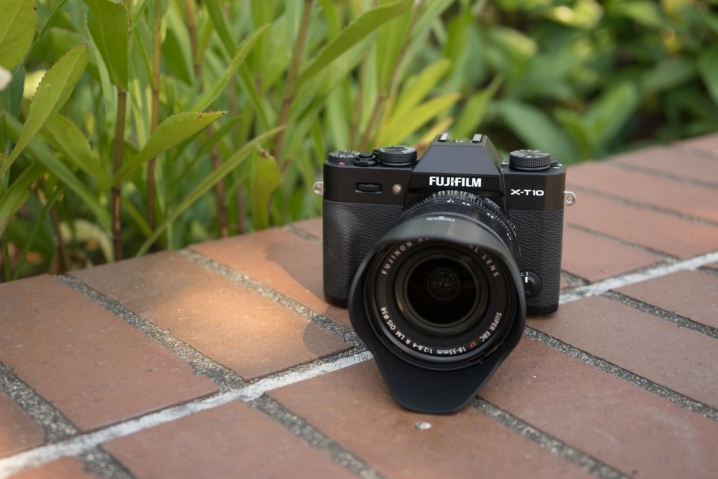
Lomography LomoInstant Automat White LI150W
Such a camera is used to take pictures in the Lomography style.
The device can be configured manually or automatically, it is possible to adjust the brightness balance, so the user does not have to worry about the fact that the picture will turn out to be too dark.There is a built-in flash, a maximum shutter speed of 8 seconds.
During photographing, it is possible to use accounting registers, as well as additional attachments, high-quality optics are built-in.
The set includes a remote control and additional lenses: wide-angle, as well as a lens for macro photography and fisheye.
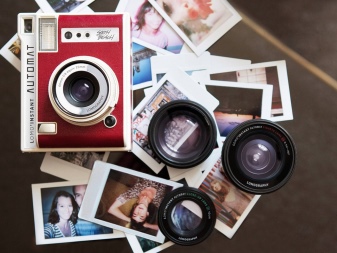
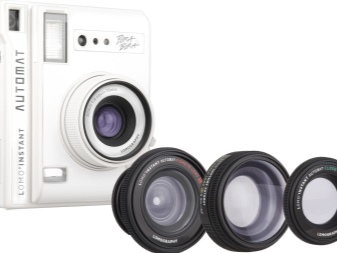
Leica X
SLR film camera. The body is made of strong metal, additionally covered with leather. Such a device is relevant for filming in the most difficult conditions. A high-aperture lens that does not react to glare is provided. Working resolution - over 16 megapixels. There is the possibility of shooting Full HD.

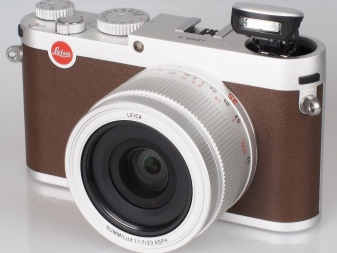
Leica M Edition 60 Kit
Modern film camera made of stainless steel and covered with leather. Presented in only 600 copies. The resolution is 24 megapixels, the long exposure is 1 minute. Of the advantages, the CMOS matrix is distinguished, as well as the DNG frame format. The camera allows you to record video and sound.
This model can be called truly revolutionary in the segment of film cameras, which simply cannot be found better, and this is despite its apparent simplicity. However, the cost of such equipment is also high - the price tag for such a camera starts from 950 thousand rubles.
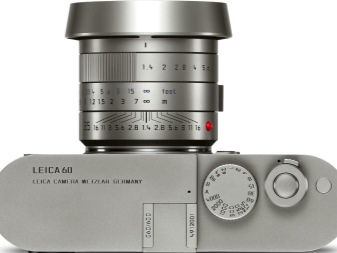
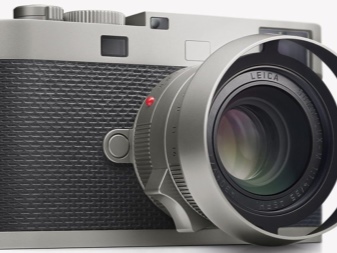
How to choose?
Modern analogs of film cameras are quite expensive, so photographers most often purchase old classic models.
- If you are determined to acquire analog photographic equipment, then first consult with your relatives - in the Soviet period photography was ubiquitous, therefore, in almost every house you can find such relics as Smena and Zenith, for the very first acquaintance with the mechanics you can use any of the listed models.
- If your plans do not include fundamental work with film technology, then stop at a regular automatic "soap dish". In this case, you do not have to fiddle with the focus settings, shutter speed and aperture, and the output you will get pretty good film shots. In addition, such devices have a built-in flash and are compact in size. Also on sale you can find inexpensive disposable models designed for 36 frames.
- If you know for sure that you yourself will not be engaged in development, then seek advice from any darkroom in your city before buying this or that model of an analog machine. Be sure to check if the company representatives will be able to provide such services. For example, a situation often arises when photo studios do not work on developing 4x5 "or 8x10" films, which are commonly used in wide-format cameras - this means that you have to look for either another darkroom or choose another camera.
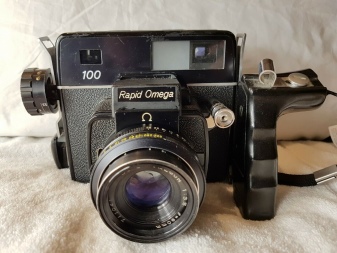
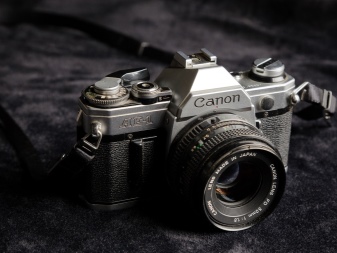
How to use?
Before taking pictures, make sure that all levers are in good working order. If you find an old camera or buy a new one, check the functionality of all its elements (turn the knobs, press the buttons and turn the rings on the lens).
If the camera does not turn on, then replace the battery - look for the battery compartment, it can be located at the bottom of the camera or in the front, you will need a small screwdriver to open it. An old battery can be used as a reference to find the best replacement battery. If you notice a greenish crystal-like residue in the battery compartment, this clearly indicates that corrosion has begun. In this case, it is necessary to moisten a cotton swab with alcohol and clean the block from dirt, only after that you can insert the battery.

Open the shutter button halfway - this will allow you to check if the light meter indicator in the camera is working.
After that, you can safely get to work and shoot any objects you like.















The comment was sent successfully.